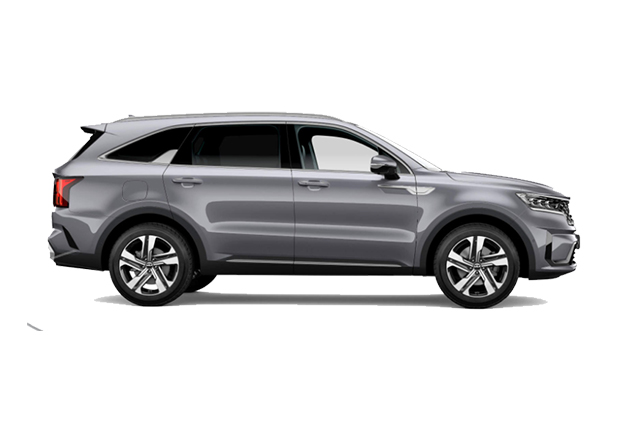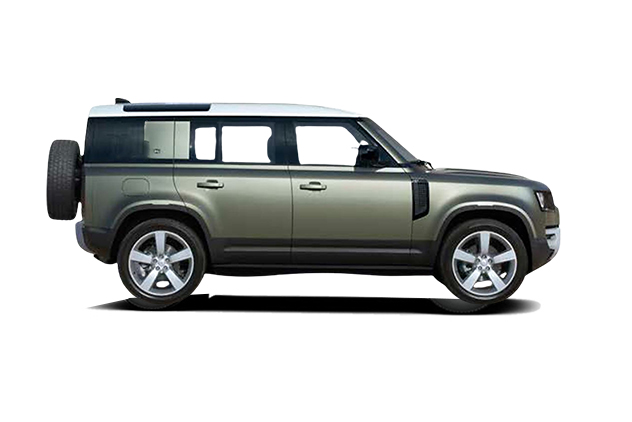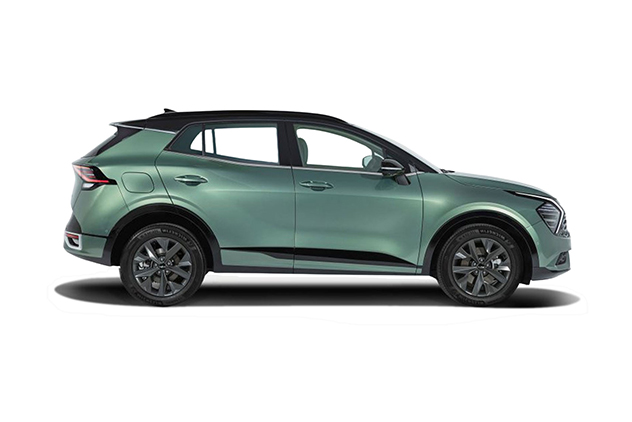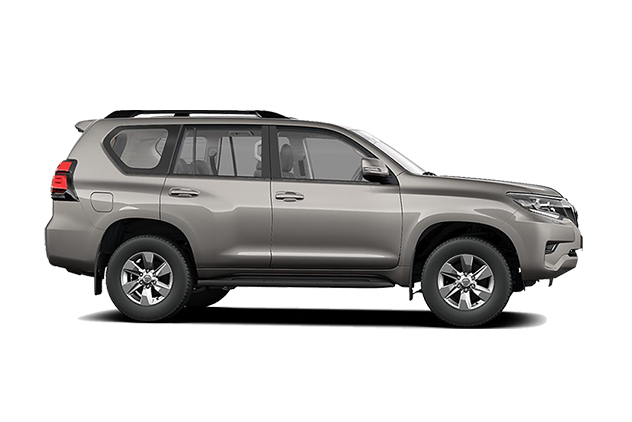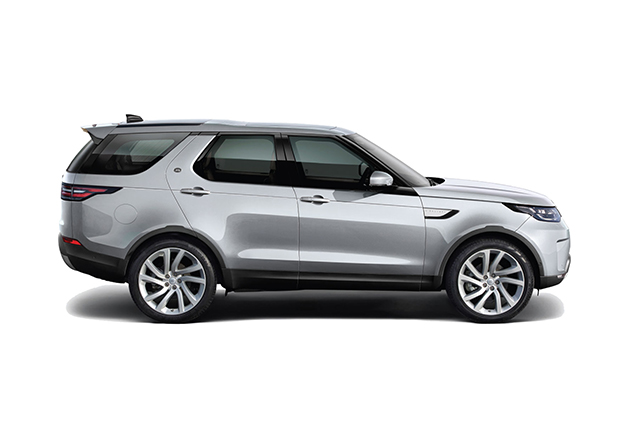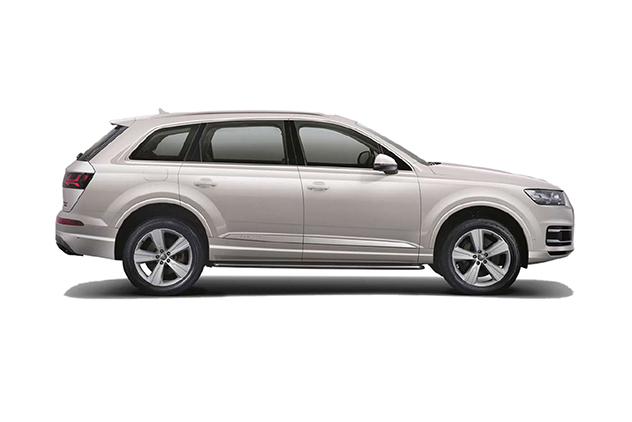Navigating the stunning landscapes of Iceland by car is an experience like no other. But before you hit the road, it’s crucial to familiarize yourself with Iceland’s traffic laws and driving regulations to ensure a safe and enjoyable journey. As a local expert that worked in the field for over 50 years, Hertz Iceland is here to guide you through the essentials of driving in Iceland.
Getting Started: Driving in Iceland
Driving in Iceland is an adventure that offers unparalleled freedom. Whether you’re exploring the Golden Circle or venturing into the remote highlands, having your own vehicle allows you to experience Iceland at your own pace. Let’s dive into some of the key points you need to know about driving in Iceland.
Driving on the Right Side
First things first, Icelanders drive on the right side of the road. If you’re coming from a country where driving is on the left (for example the UK), it might take a little while to adjust, but don’t worry, it’s a smooth transition. Just remember to keep right, and you’ll be cruising like a local in no time!
Valid Driver’s License
Wondering if you can drive in Iceland with your US license? Absolutely! If you have a valid driver’s license from the US, UK or any other countries which license is in English, you’re good to go.
Just make sure your license is in English or includes an official translation if it’s in another language. This is crucial for renting a car and hitting the road legally.
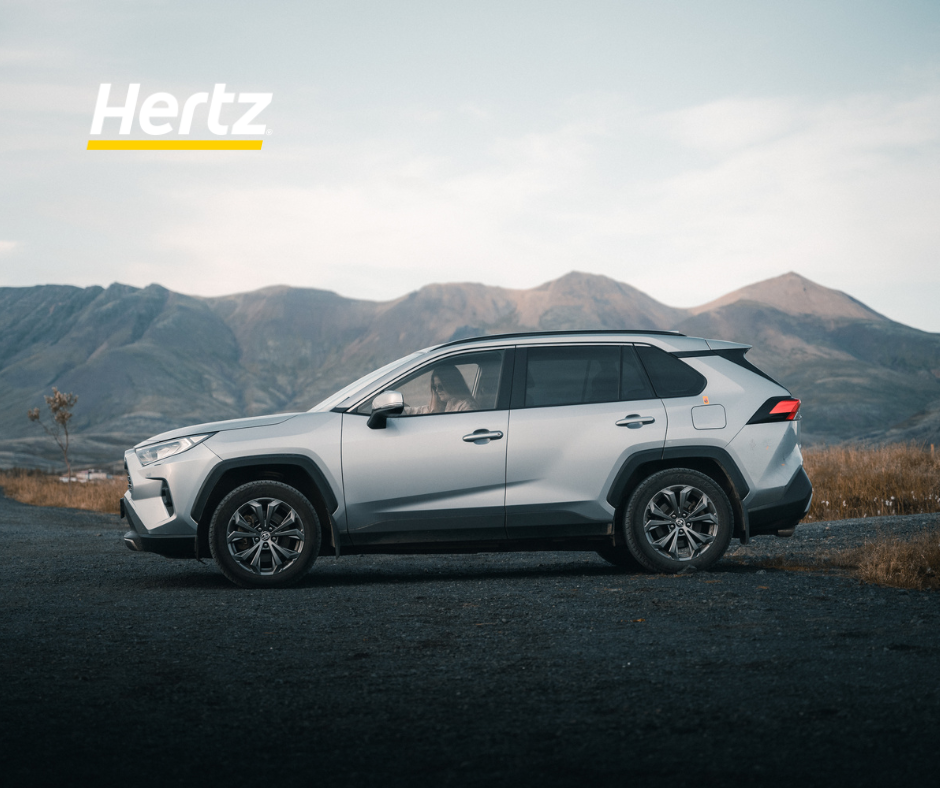
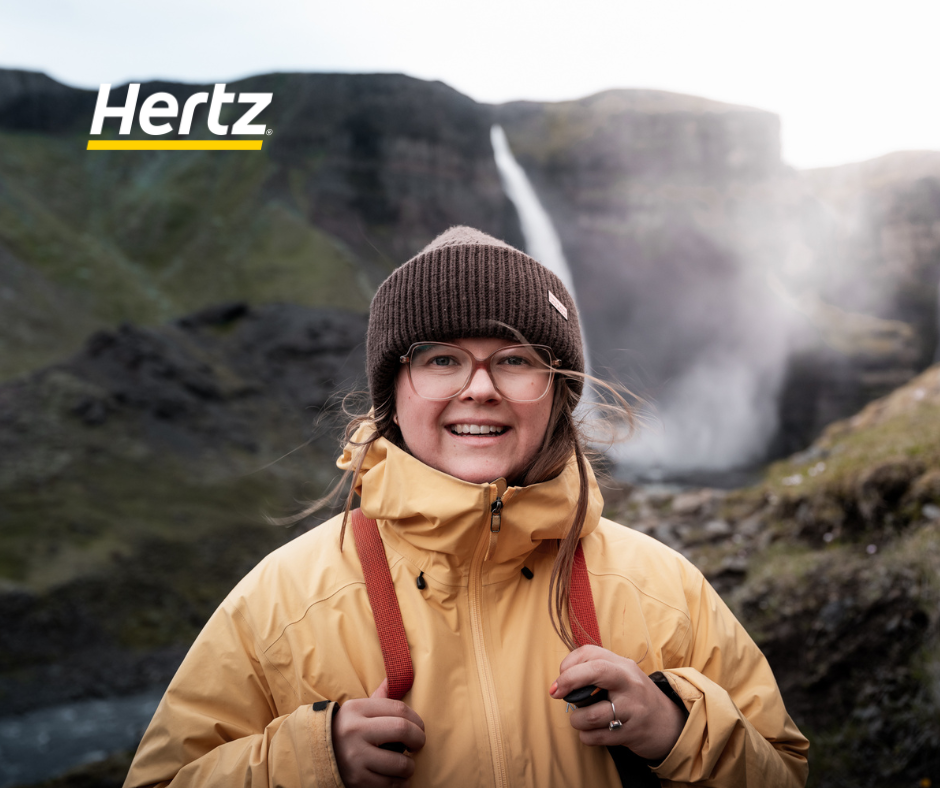
Iceland Traffic Laws: What You Need to Know
Iceland’s traffic laws are designed to ensure everyone’s safety, and they’re pretty straightforward. First thing first, It’s illegal to use a mobile phone while driving unless you have a hands-free setup in Iceland.
And there are few other key regulations to keep in mind:
Respect Speed Limits in Iceland
There are different speed limits on different types of roads in Iceland:
- Urban areas: 50 km/h (31 mph)
- Rural paved roads: 90 km/h (56 mph)
- Gravel roads: 80 km/h (50 mph)
Speeding is not only dangerous but also heavily fined in Iceland. Make sure to adhere to the speed limits to avoid any unpleasant surprises. You will be heavily fined in case of speeding.
Seatbelt Regulations
Seatbelts are mandatory for all passengers in the vehicle, both in the front and back seats. It’s a simple rule, but it goes a long way in ensuring everyone’s safety.
Use of Headlights
In Iceland, it’s mandatory to keep your headlights on at all times, day or night. This rule ensures visibility in varying weather conditions, which can change rapidly.
Drinking and Driving: A Zero Tolerance Policy
Iceland has a strict zero-tolerance policy for drinking and driving. The legal blood alcohol content limit in Iceland is only 0.02%, this limit will be excessed after ONE beer. It’s far lower than in many other countries, so it’s best to avoid alcohol entirely if you plan on driving. Enjoy the local brews responsibly once you’ve parked for the day.
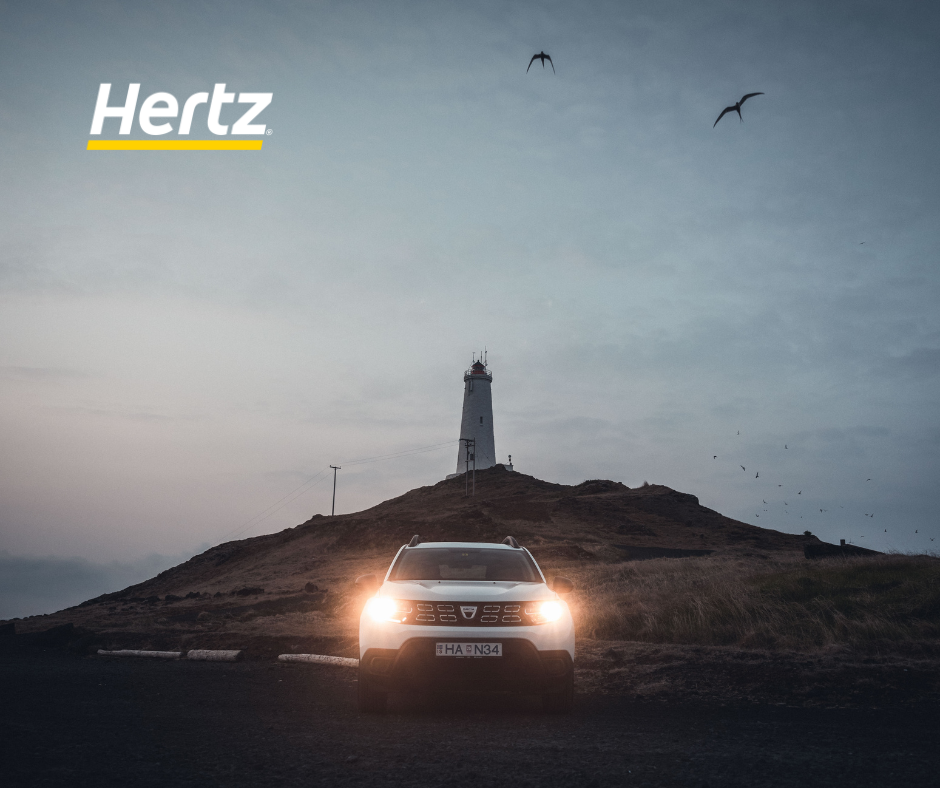
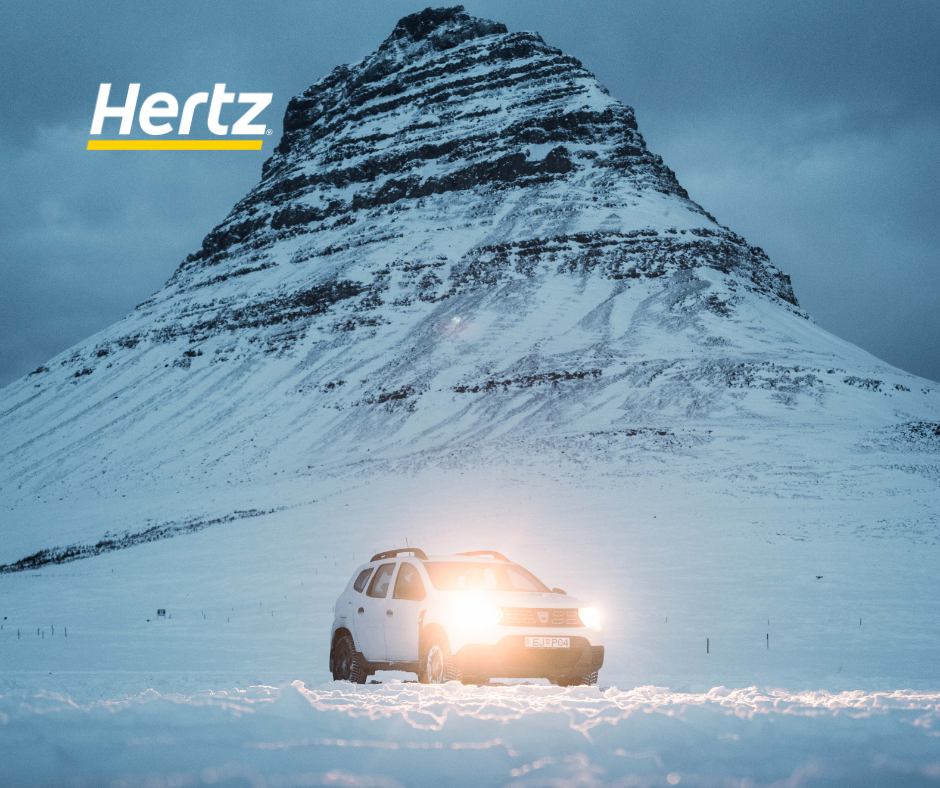
Driving Conditions and Seasonal Considerations
Driving in Iceland requires understanding its unique and ever-changing conditions. The weather can be unpredictable and road conditions vary greatly depending on the season.
Iceland’s roads demand attention and adaptability. Changes in weather can be sudden, impacting driving experiences and safety on the road.
Seasonal fluctuations influence how you plan your journey. Here are key considerations for each season:
- Winter (from Nov to March): Roads can be icy and treacherous. Studded tires and caution are essential for safe travel.
- Spring(April and May)/Fall (Sep and Oct): Be prepared for unpredictable weather, including snow and rain in quick succession.
- Summer (from June to Aug): Increased tourist traffic requires patience and adherence to rules for a smooth drive.
Understanding these variables will help plan a safer and more enjoyable road trip. Always check local forecasts and road conditions before heading out.
Winter Driving and Necessary Equipment
Icelandic weather is notoriously unpredictable, especially in winter. Check weather forecasts via vedur.is and road conditions before setting out. Websites like the Icelandic Road and Coastal Administration (road.is) provide real-time updates on road closures and weather alerts.
Winter Tires
Rental cars in Iceland are equipped with winter tires during the colder months. These tires are essential for navigating icy and snowy roads safely. Make sure your rental car comes with the appropriate tires for the season.
Beware of Ice and Snow
Black ice can be treacherous, so drive cautiously and maintain a safe distance from other vehicles. It’s also a good idea to carry a snow shovel and ice scraper in your car, just in case.
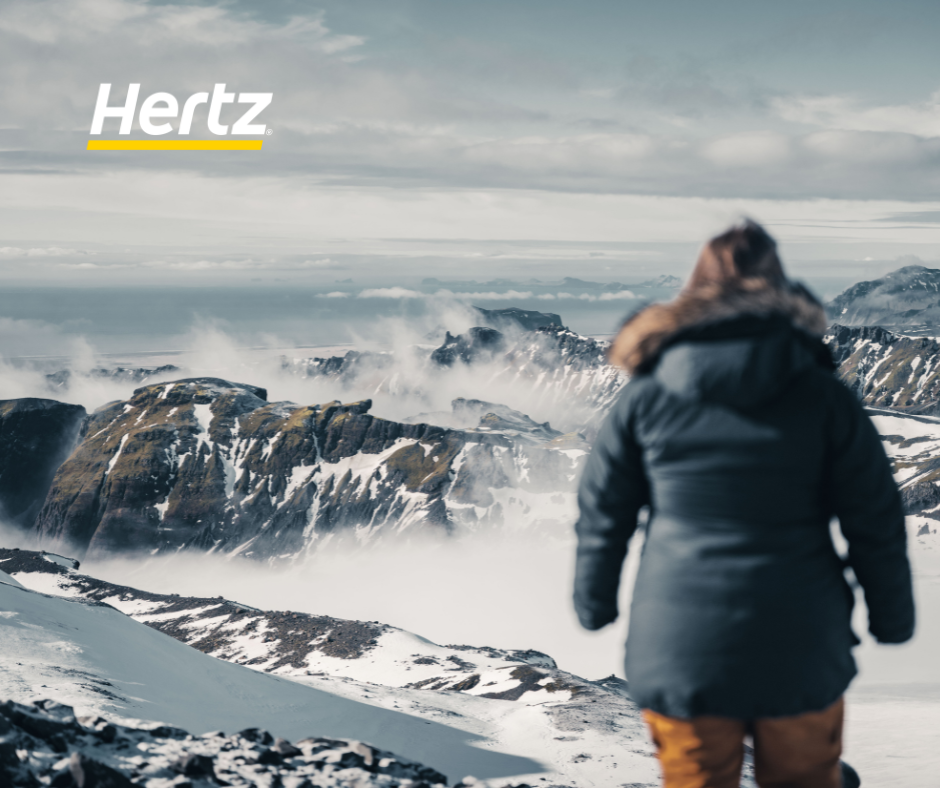
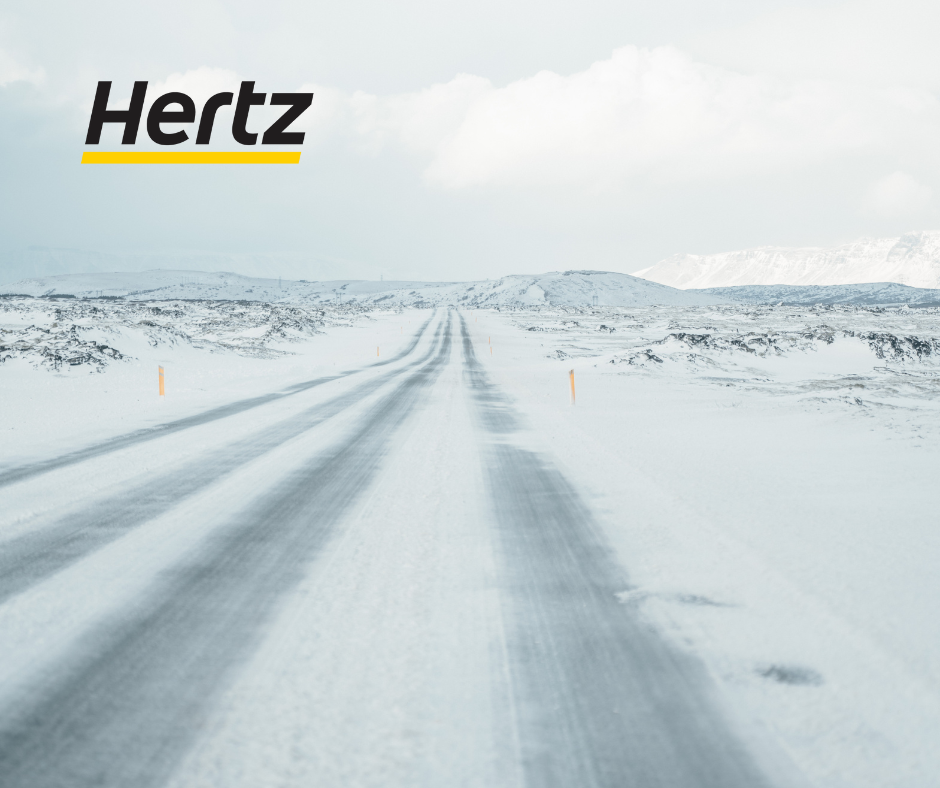
Navigating Iceland’s Unique Road Features
Driving in Iceland offers encounters with road features uncommon elsewhere. These features demand attention and understanding for safe navigation.
One distinct aspect is Iceland’s single-lane bridges. These bridges require drivers to give way to oncoming traffic and approach with caution.
Gravel roads are frequent and can be challenging. They require reduced speed to avoid skidding, especially around curves and turns.
Another notable feature is the presence of F-Roads. These are mountain roads that require specific vehicle types and experience for navigation.
Adhering to these guidelines ensures a safer and more efficient drive:
- Yield Right-Of-Way: Always yield on single-lane bridges and narrow roads.
- Reduce Speed: Especially on gravel roads and unfamiliar terrain.
- Check Vehicle: Ensure your vehicle meets requirements for F-Roads, such as 4×4 capabilities.
- Plan Ahead: Know your route and conditions before heading into remote areas.
Successfully navigating these features enhances your Icelandic adventure. Preparation and mindfulness on the road are pivotal.
Single-Lane Bridges and Gravel Roads
Iceland is dotted with single-lane bridges, posing unique challenges to drivers. When approaching, slow down and assess oncoming traffic.
Yielding is crucial, as only one vehicle can cross at a time. Waiting your turn ensures safety for all road users.
Gravel roads are common and necessitate extra caution. These roads can be slippery, especially when wet, thus controlling your speed is vital. Adjust your speed accordingly and keep a safe distance between vehicles.
F-Roads and Highland Driving
F-roads are mountain roads that require a 4×4 vehicle by law. These roads are often closed in winter, so check their status and ensure your rental car is equipped for F-road driving if you’re planning to explore the highlands in Summer months.
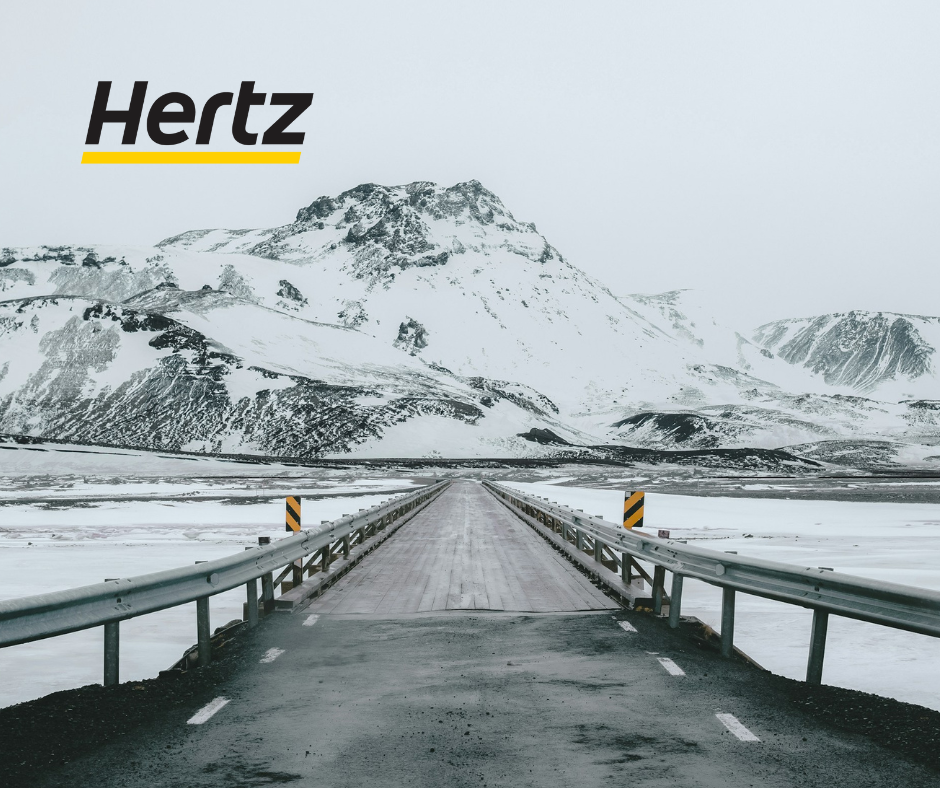
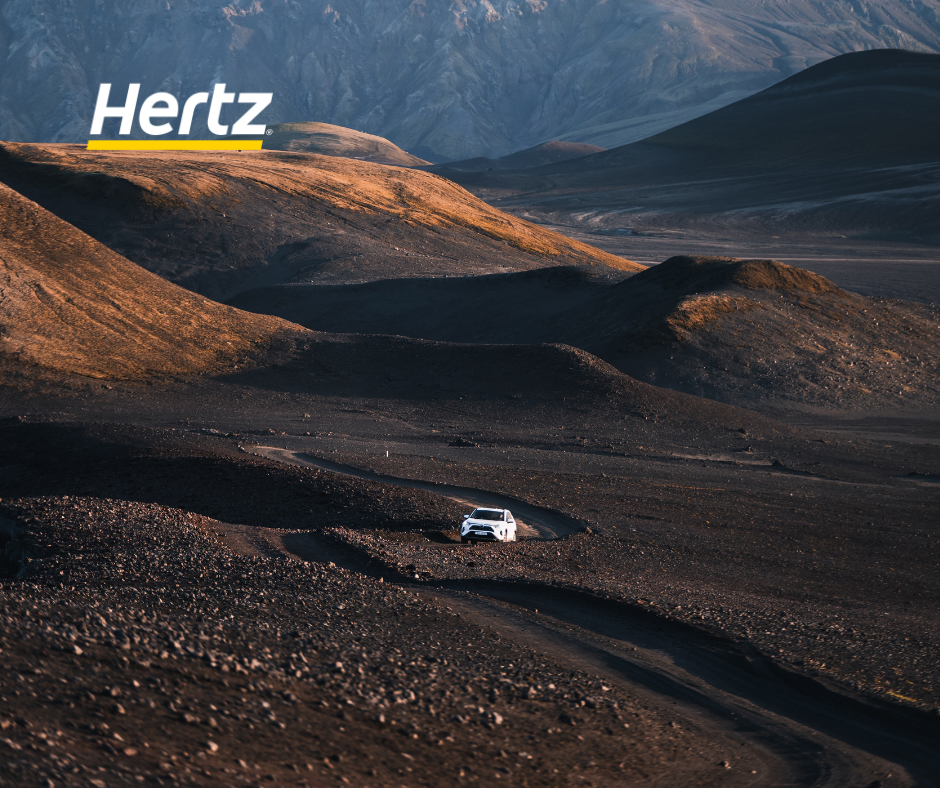
Renting a Car in Iceland
Always carry a valid driver’s license, a credit card, and a passport when renting. Most companies also demand the driver be at least 20 years old.
Here’s a quick rundown of essential rental guidelines:
- Most local rentals require a security deposit from a credit card, Hertz Iceland is not taking any deposits while renting out the car.
- International Driving Permits (IDP) are recommended for non-EU/EEA drivers whos license is NOT in English or Roman Script
- The minimum age varies by car type; for some, it’s as high as 23 or 25.
Choosing the Right Vehicle
Consider the type of terrain you’ll be driving on. For city driving and paved roads, a standard car will do. If you’re planning to venture into the highlands, opt for a 4×4 vehicle.
Rental Insurance
Rental insurance is highly recommended. It covers potential damages from gravel, wind, and sandstorms, which are not uncommon in Iceland. Make sure you understand the insurance policy before you hit the road.
Fuel Stations
Fuel stations are readily available in urban areas but become sparse in remote regions. Keep an eye on your fuel gauge and fill up whenever you get the chance, especially if you’re heading to less populated areas.
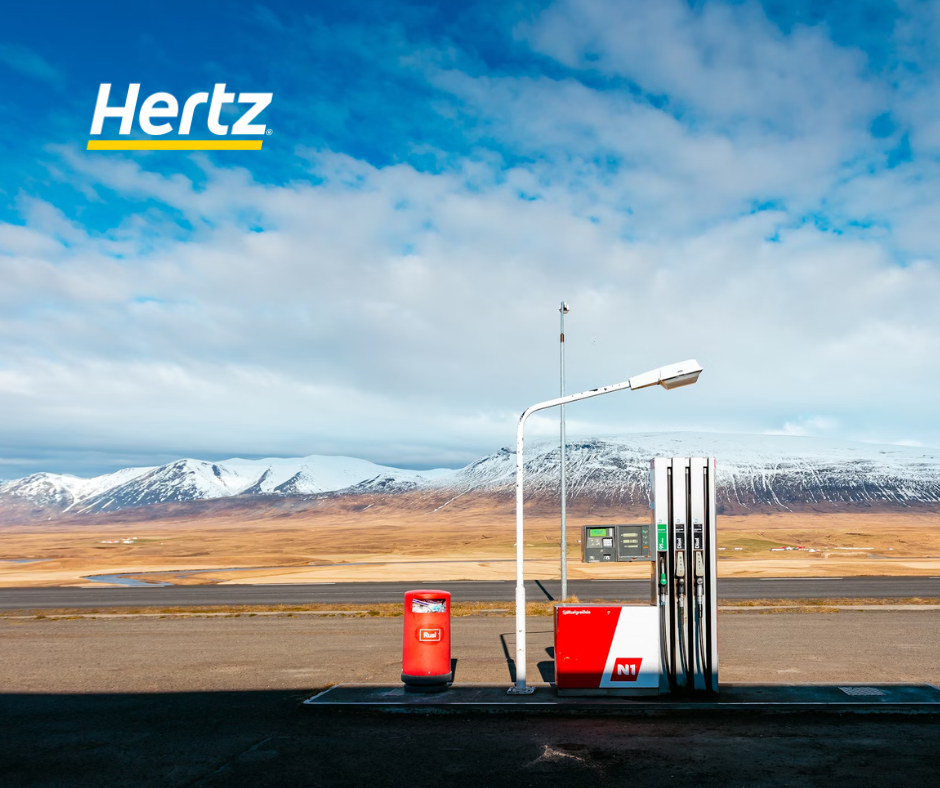
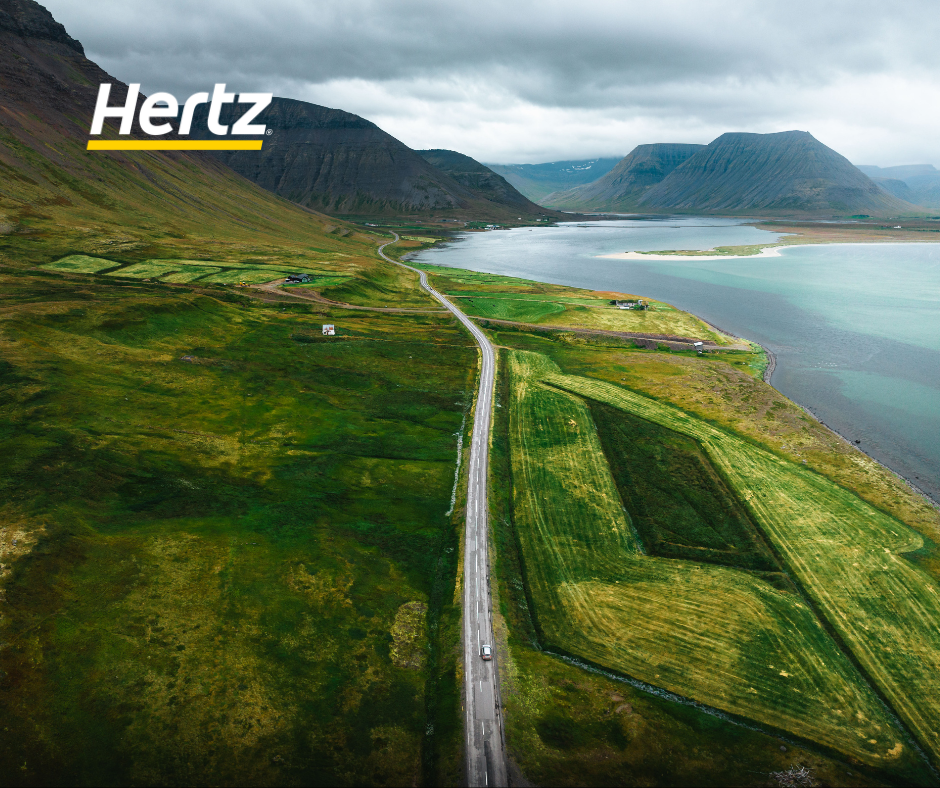
What to Do in Case of an Accident or Breakdown
Accidents and breakdowns can happen anywhere. The first step is to remain calm and ensure everyone’s safety.
Move your vehicle safely off the road to prevent further incidents if possible. Turn on your hazard lights and set up warning triangles to alert other drivers.
If there are injuries or substantial damage, call the emergency services by dialing 112 immediately. Provide your location and details of the incident to facilitate prompt assistance.
Emergency Services and Roadside Assistance
In Iceland, dial 112 for emergency services, including police, fire, and medical help. This number is the lifeline for immediate assistance in case of emergencies.
Roadside assistance is available from most rental car companies. It’s advisable to confirm coverage details when you rent your car, most often, the renter is obligated to pay for the car towing fee.
Ensure you have the roadside assistance contact numbers with you at all times. Quick access to these services can significantly ease the stress of a vehicular issue.
Tips for a Smooth Driving Experience
- Plan your route: Have a rough itinerary and familiarize yourself with the roads you’ll be traveling.
- Stay informed: Keep an eye on weather forecasts and road conditions.
- Pack essentials: Carry water, snacks, and warm clothing in case of delays or emergencies.
- Respect nature: Always park in designated areas and stay on marked paths to protect Iceland’s fragile ecosystem.
Conclusion
Driving in Iceland offers the adventure of a lifetime, with breathtaking scenery at every turn. By understanding Iceland’s traffic laws and preparing for the unique driving conditions, you’ll ensure a safe and memorable journey. Whether you’re exploring the bustling streets of Reykjavik or the remote highlands, the road is yours to discover. So buckle up, enjoy the ride, and make the most of your Icelandic adventure!
